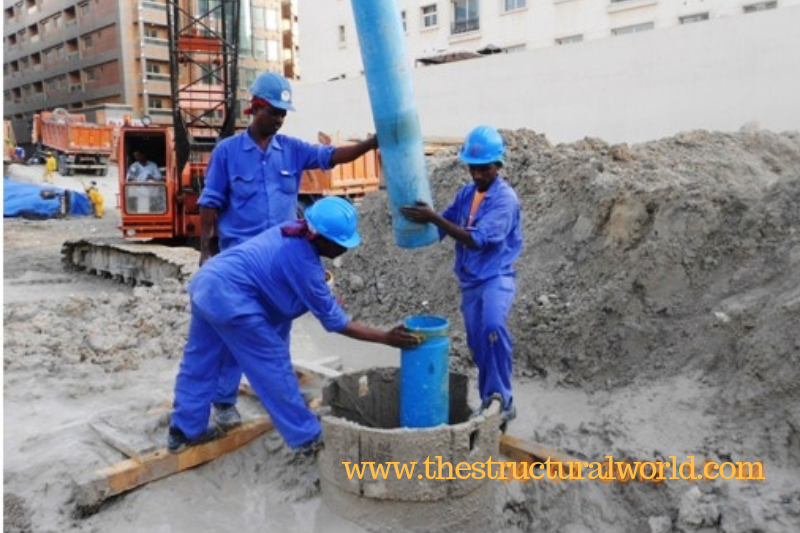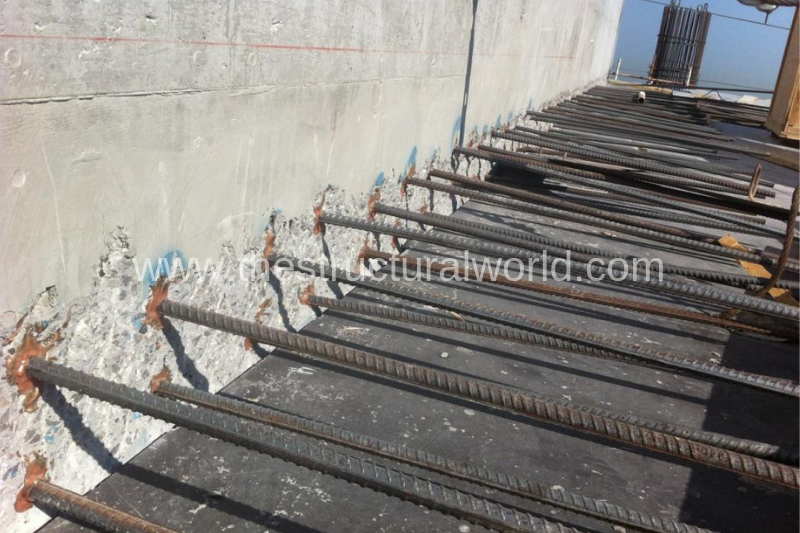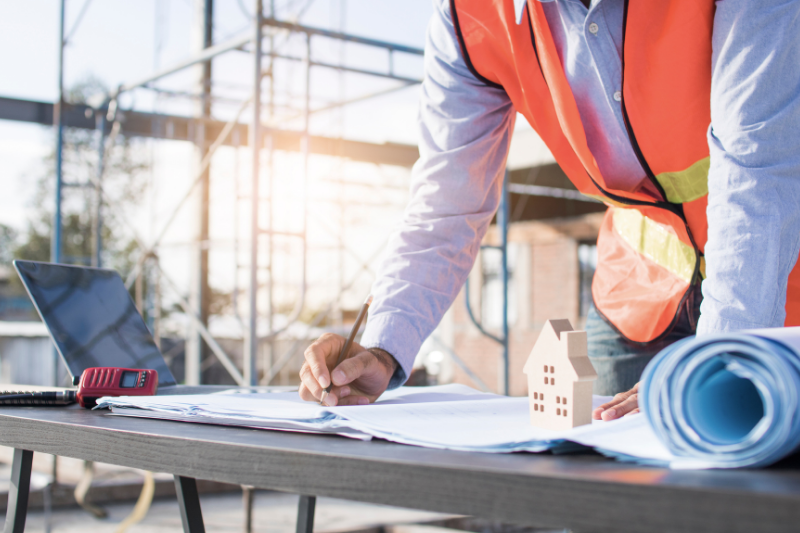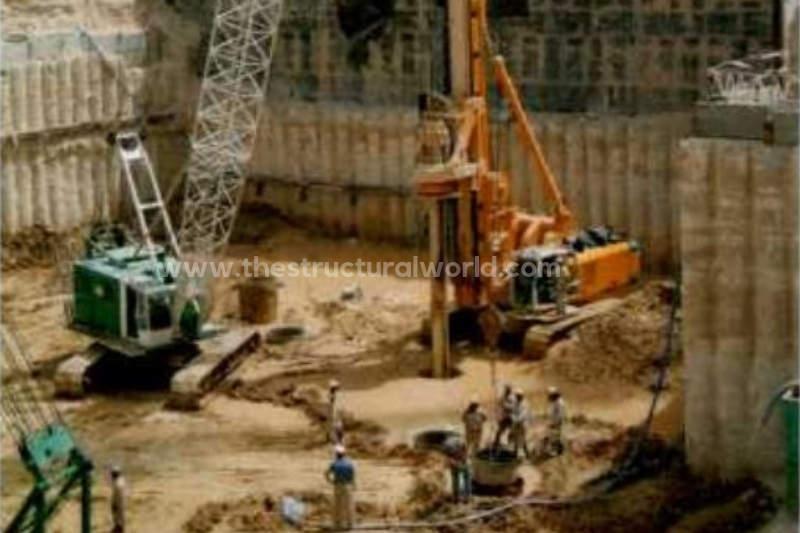What is Foam Concrete?

Foam Concrete Foam concrete is a light weight type of concrete mainly use for filling works to achieve the desired level of finishing. This building material is very useful and ideal to use for roof decks, stain pan…
Read more




